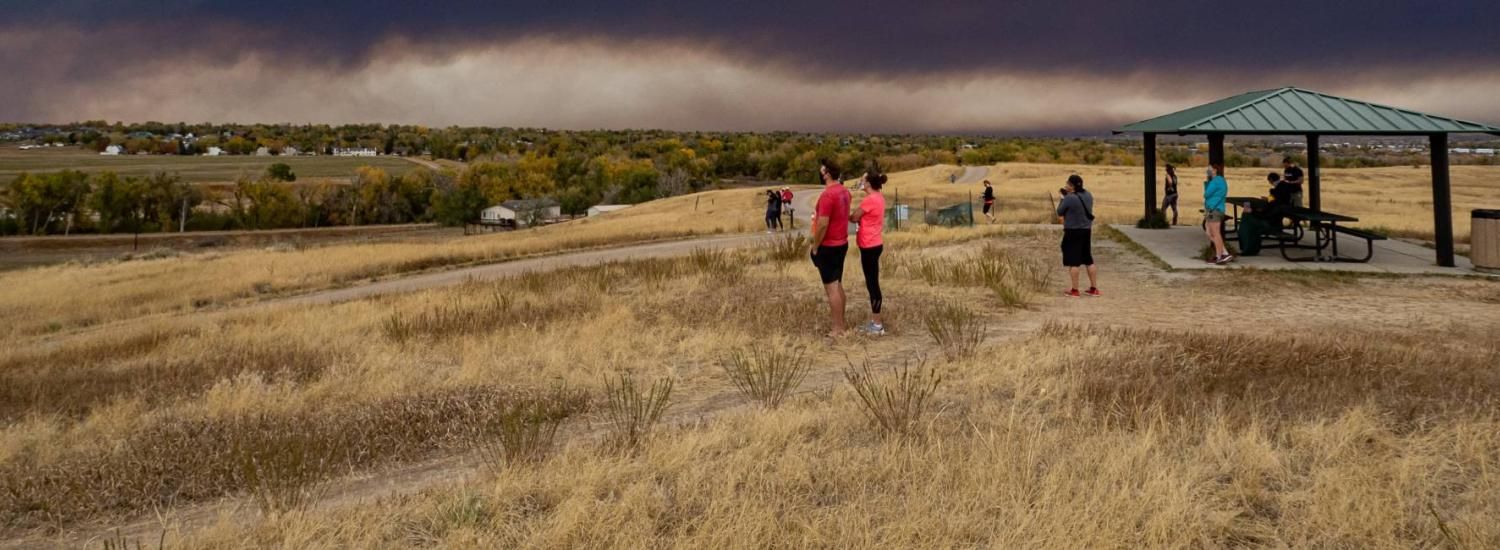CIRES researchers tell the stories of science now
Spheres magazine highlights findings in environmental research, spring 2021-2022

Voices from CIRES research:
“Icy layers left by rain-on-snow events that interfere with foraging have led to massive die-offs of reindeer.”
– Mark Serreze, director of NSIDC and CIRES Fellow, on Greenland’s warming weather
“It was inspiring to see how the program really changed the way they thought and empowered them to make changes in their everyday lives.”
– Megan Littrell, educational researcher at CIRES Education & Outreach, on students in the Lens on Climate Change program
“If Thwaites were to collapse, it would drag most of West Antarctica with it. So it’s critical to get a clearer picture of how the glacier will behave over the next 100 years.’”
– Ted Scambos, CIRES senior research scientist, on Antarctica’s Thwaites Glacier
“Most of the mobile home parks have lower flood risk than average for the ZIP code. But for those who have higher risk, that risk is much, much higher.”
– Aislyn Keyes, CU Boulder ecology Ph.D. student, on vulnerability to hazards
“We can’t control what the trees are emitting, but what we can do is look for ways to make these common everyday products less polluting.”
– Matthew Coggon, CIRES researcher working in NOAA’s Chemical Sciences Laboratory, on household cleaners and personal care commodities
“Two decades ago, print media frequently gave equal credence to both legitimate climate experts and outlier climate deniers. Now, it’s not portrayed as a two-sided debate.”
– Lucy McAllister, former CIRES Ph.D. student, on the accuracy of climate change coverage
CIRES’ annual magazine spotlights the work of these scientists and many more, examining recent work around wildfire’s impact, space-weather forecasting, the possibility of climate intervention, and how to use cartoon characters to engage hikers with field research.
Read more in Spheres 2022.